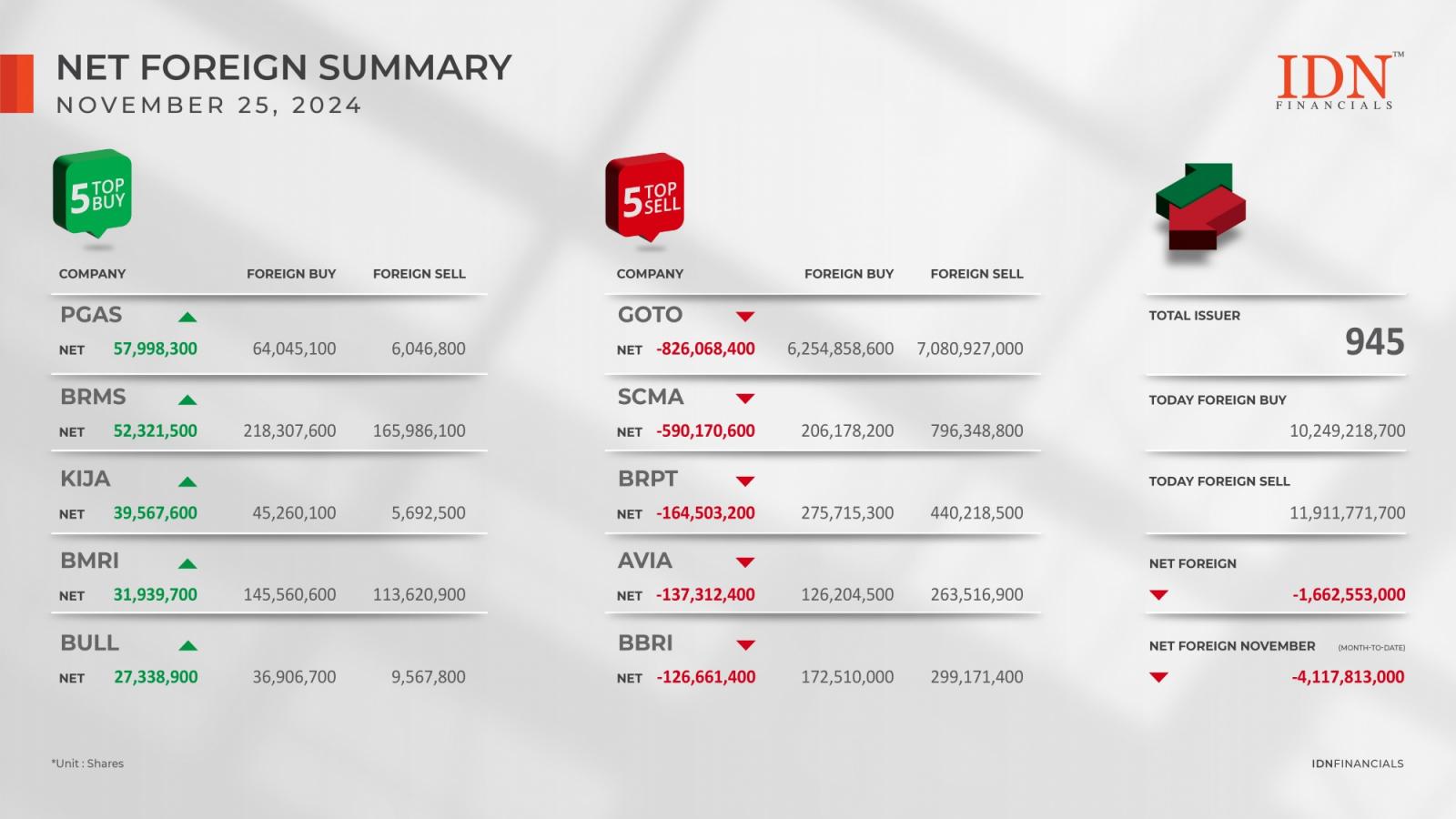
Federal Reserve Chair Jerome Powell appeared before the Senate Banking Committee on Tuesday and said more good data would strengthen the central bank\'s confidence inflation is moving sustainably toward its 2 percent target and lead to a potential interest rate cut.
\"The Committee has stated that we do not expect it will be appropriate to reduce the target range for the federal funds rate until we have gained greater confidence that inflation is moving sustainably toward 2 percent,\" Powell said in prepared remarks.
\"Incoming data for the first quarter of this year did not support such greater confidence,\" he continued. \"The most recent inflation readings, however, have shown some modest further progress, and more good data would strengthen our confidence that inflation is moving sustainably toward 2 percent.\"
Powell\'s remarks come as a report released by the Commerce Department late last month showed the annual rate of growth by core consumer prices, which exclude food and energy prices, slowed to 2.6 percent in May from 2.8 percent in April.
On Thursday, the Labor Department is scheduled to release its report on consumer price inflation in the month of June.
Economists expect the annual rate of consumer price growth to slow to 3.1 percent in June from 3.3 percent in May, while the annual rate of core consumer price growth is expected to hold at 3.4 percent.
The Fed Chair also warned of the risk that leaving interest rates at an elevated level for too long could jeopardize economic growth.
\"In light of the progress made both in lowering inflation and in cooling the labor market over the past two years, elevated inflation is not the only risk we face,\" Powell said. \"Reducing policy restraint too late or too little could unduly weaken economic activity and employment.\"
Addressing the current state of the U.S. economy, Powell noted recent indicators suggest the economy continues to expand at a solid pace.
\"Gross domestic product growth appears to have moderated in the first half of this year following impressive strength in the second half of last year,\" he said. \"Private domestic demand remains robust, however, with slower but still-solid increases in consumer spending.\"
He added, \"In the labor market, a broad set of indicators suggests that conditions have returned to about where they stood on the eve of the pandemic: strong, but not overheated.\"





